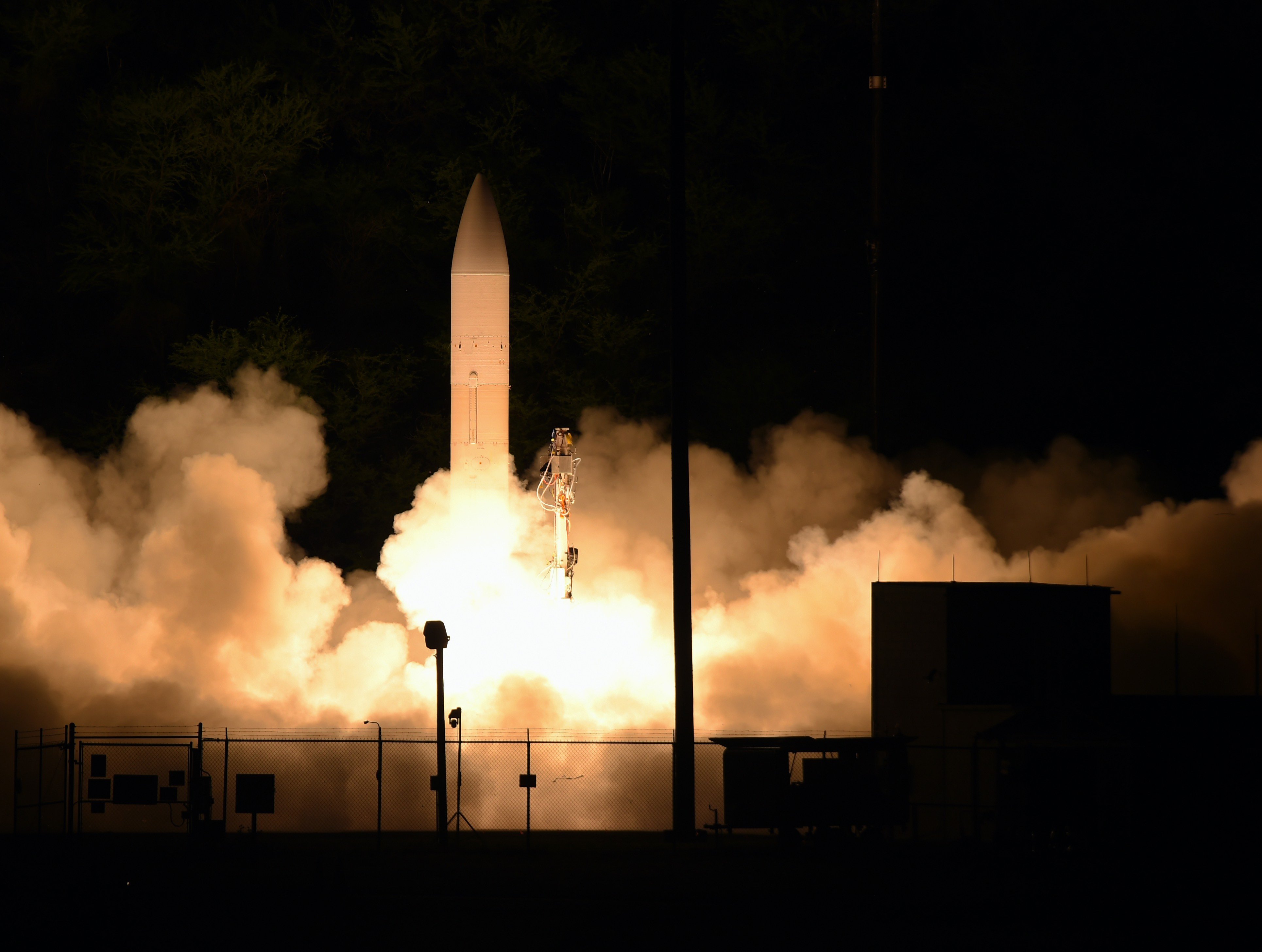
In order to accommodate the equivalent of an intermediate-range ballistic missile aboard the Navy’s current crop of destroyers, the service would need to undertake complex modifications to both the Zumwalt and Arleigh Burke classes of ships to install a long-range hypersonic strike weapon on DDGs, as the national security advisor called for this week.
This week, White House National Security Advisor Robert O’Brien said the Navy would field its new hypersonic weapon on all classes of Navy guided-missile destroyers — including the oldest flight of the Arleigh Burke-class.
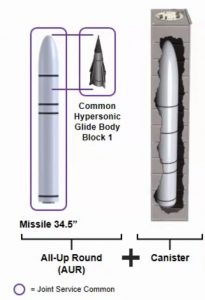
“The Navy’s Conventional Prompt Strike program will provide hypersonic missile capability to hold targets at risk from longer ranges,” O’Brien said in a speech Wednesday at the Portsmouth Naval Shipyard, according to prepared remarks provided to USNI News. “This capability will be deployed first on our newer Virginia-class submarines and the Zumwalt-class destroyers. Eventually, all three flights of the Arleigh Burke-class destroyers will field this capability.”
The vision of fielding hypersonic weapons on all of the oldest Arleigh Burke destroyers would take significant structural work, since the destroyers today launch missiles nearly a foot smaller in diameter than the expected dimensions of hypersonic weapons.
The Pentagon is developing a Common Hypersonic Glide Body (C-HGB) that will be fielded by both the Army and the Navy. The system had a successful test of the almost 3-foot-wide weapon earlier this year. The Army is set to field the C-HGB via a transporter, erector and launcher system that carries a containerized version of the weapon.
When it comes to putting the large weapon onto Navy ships, the service will first modify the Multiple All-up-round Canisters (MAC) system it developed for the four Ohio-class guided-missile submarines so support the C-HGB, USNI understands.
The MAC system allows seven Tomahawk Land Attack Missiles (TLAM) to take the place of a single Trident II D5 ICBM within the sub’s missile tube structure. MAC tubes equipped with Tomahawks have been installed on the Virginia-class attack subs starting with the Block III submarines.
However, the C-HGB is much bigger than the TLAM. The Navy is leaning on work it undertook more than a decade ago to craft a MAC system that was meant to hold three large intermediate-range ballistic missiles and could be repurposed to contain three C-HGBs instead.
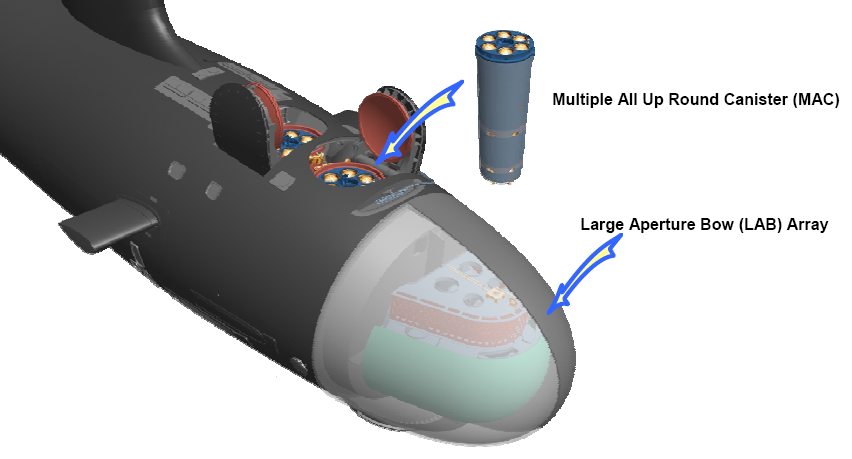
Creating a conventional strike ballistic missile was scrapped nearly a decade ago, but the Navy dusted off the three-shot MAC tube plans to accommodate the similar-sized hypersonic strike weapon with the similar aims of delivering a non-nuclear strike weapon at long-range, according to Bryan Clark, a senior fellow at the Hudson Institute who previously worked for former Chief of Naval Operations Adm. Jon Greenert. The configuration can be used on the Ohio SSGNs and the upcoming Virginia Payload Modules in the Block V boats.
As part of the Fiscal Year 2020 National Defense Authorization Act, Congress asked the Navy to assess how it could field the Conventional Prompt Global Strike system on surface ships. The legislation mandated the Navy secretary present a report to the defense panels detailing what the service would need to do to put the hypersonic weapon on both surface ships in the fleet today and into the future.
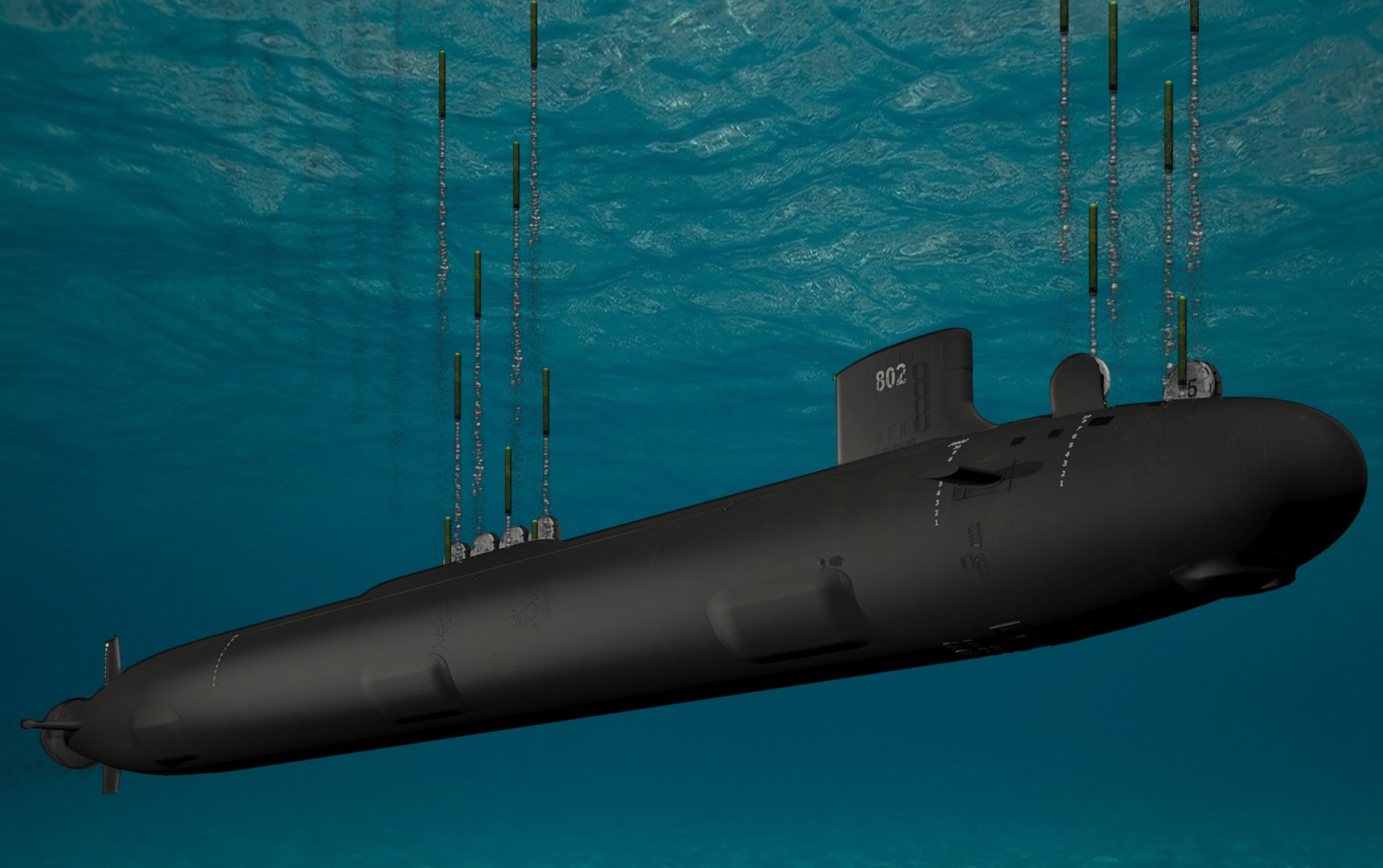
“[The] Navy is on track to develop and field early Conventional Prompt Strike Global Weapon System capability on SSGNs in the mid-2020s, and on Virginia-class in late-2020s,” Capt. Danny Hernandez told USNI News in a Thursday statement. “With respect to destroyers, and in accordance with the 2020 NDAA, the Navy is ensuring that the technology is transferable to surface-launched platforms.”
USNI News previously reported that the Navy was building the C-HGB to withstand the harshest conditions — being launched from deep underwater — and that any missile that could be sub-launched could be more easily adapted for launch on a surface ship.
Recently retired Vice Adm. Richard Brown, the former commander of Naval Surface Forces, earlier this year identified the Zumwalt class as a good platform for the Conventional Prompt Strike system.
“If you look at conventional prompt strike, I can think of no other better platform than to put conventional prompt strike on that platform. And then once that happens, or if that happens, make no mistake, it will put the fear of god into our adversaries once we marry those two platforms together,” Brown said at the time.
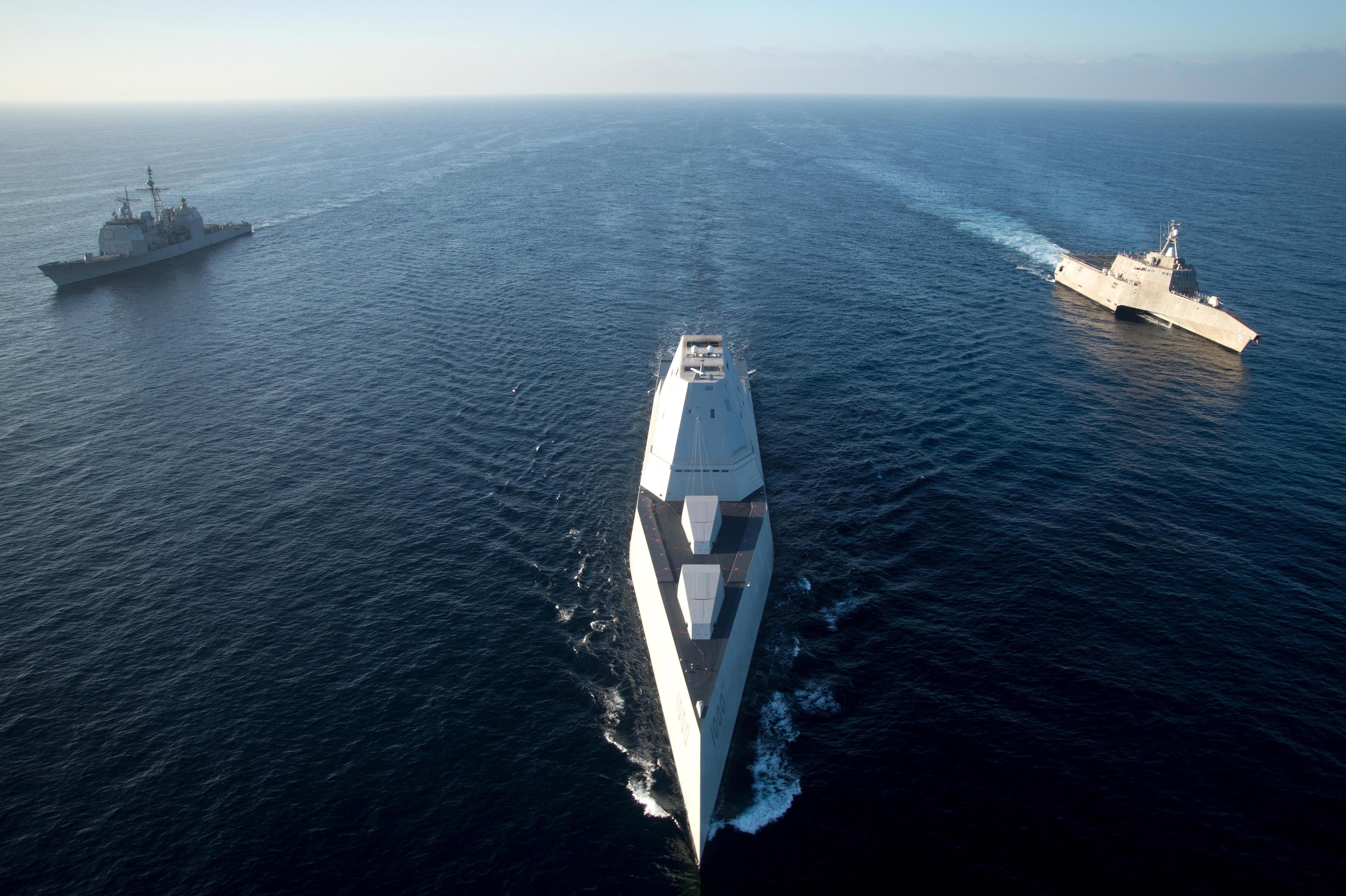
The trio of 16,000-ton Zumwalt-class destroyers could replace their dormant twin 155mm Advanced Gun System mounts in the bow of the ship with a reconfigured MAC tube to field the new weapon, USNI News understands. The rounds for the AGS weapon were deemed too expensive for the Navy to procure, so now the systems are dormant on the first two ships. The cost of removing the AGS and replacing it with a vertical launch system capable of fielding the new hypersonic weapon system is unclear.
The most complex installation would be on the Arleigh Burke destroyers, which are already close to their maximum capacity in terms of accommodating new systems. The almost three-foot diameter of the weapons would make them too large to fit into the approximately two-foot-diameter Mk-41 vertical launch system cells on the ship. The size of the weapons would prevent them from being fired off a deck launcher, similar to the 18-inch-diameter Harpoon anti-ship missiles on the Flight I Burkes. Installing the current weapons, in their current configuration, would mean removing some number of Mk-41 cells to accommodate the larger missiles. The cost of such an engineering effort is unclear.
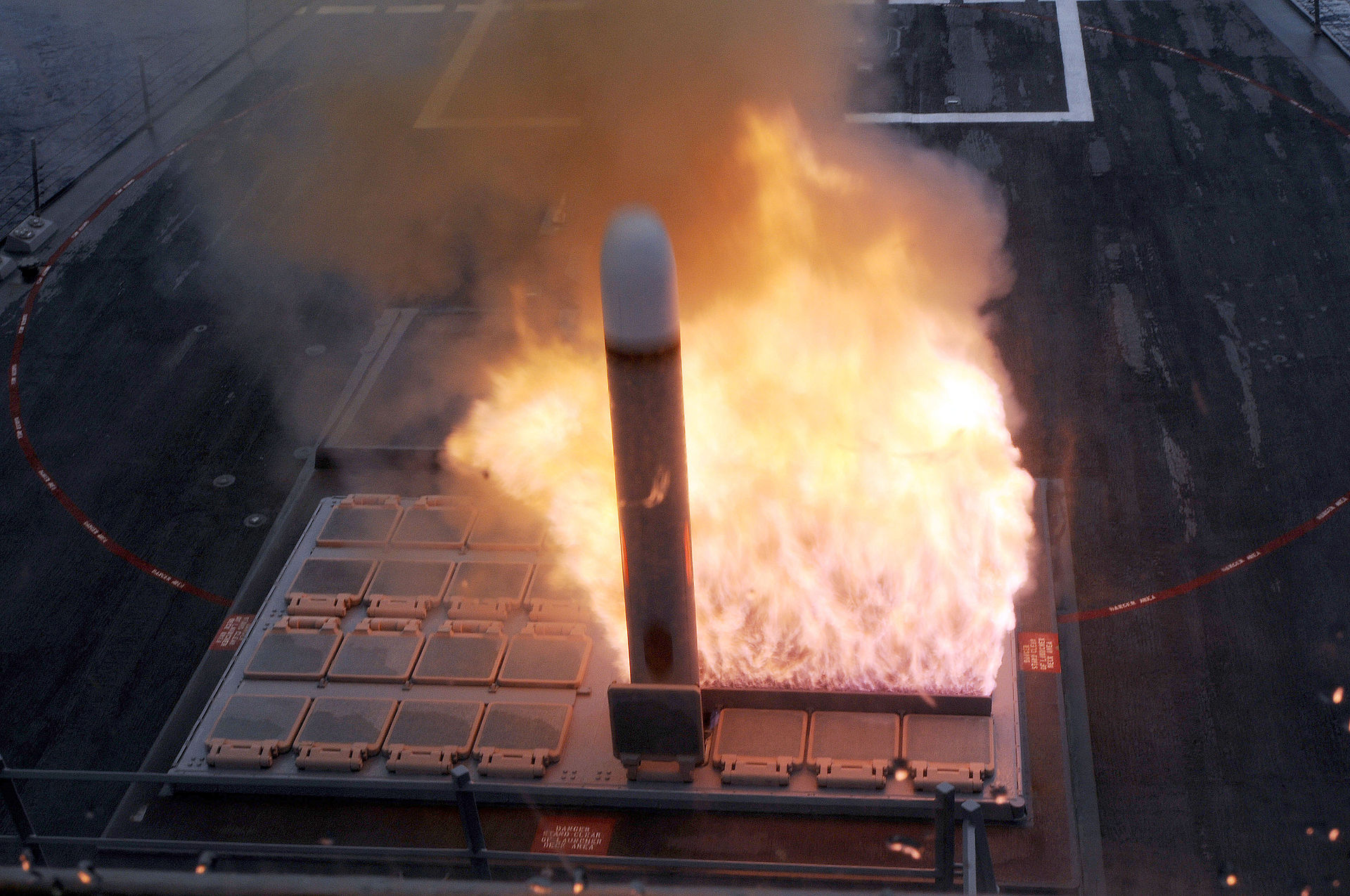
O’Brien, who has long been an advocate of building a larger Navy, said in his speech this week that, “as we build a 355-ship Navy, we must be careful not to repeat mistakes of the past.”
“Too often, the promise of new ship classes and weapons systems in the ‘out years’, which is Pentagon speak for ‘after I am done working here,’ led to insufficient investment for the systems necessary to maintain peace and deterrence today,” he said.





